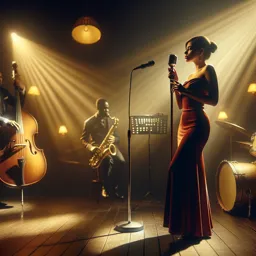Introduction to Opera Singing
Opera singing is a distinguished art form blending powerful vocal technique, dramatic expression, and rich storytelling through music. Originating in Italy in the late 16th century, opera remains a revered classical tradition that demands intense training and a profound understanding of the voice as a finely tuned instrument.
The Unique Technique of Opera Singing
Unlike popular singing styles, opera singers project their voices over orchestras in large halls without amplification. This requires mastery of:
- Breath Support: Using diaphragm control to sustain long, powerful notes.
- Resonance: Amplifying sound through chest, mouth, and sinus cavities for richness.
- Articulation: Clear enunciation of lyrics in multiple languages.
- Register Blending: Smooth transitions between chest, head, and mixed vocal registers.
Vocal Ranges in Opera
Opera voices are classified by range and timbre, influencing role suitability:
- Soprano: Highest female voice, often heroines.
- Mezzo-soprano: Lower female voice, dramatic or supporting roles.
- Tenor: Highest male voice, leading male roles.
- Baritone: Mid-range male voice, villains or father figures.
- Bass: Lowest male voice, kings, priests, or comedic parts.
Learning Opera Singing
Becoming an opera singer typically involves years of formal study, including:
- Vocal exercises for range, strength, and agility.
- Language training in Italian, German, French, and others.
- Musicianship skills like score reading and music theory.
- Acting and stage movement to convey characters emotionally.
The Enduring Appeal of Opera
Opera’s blend of music, drama, and visual spectacle creates an immersive audience experience. Through works by composers such as Mozart, Verdi, and Puccini, singers bring timeless stories and emotions to life. For students, mastering opera opens vocal potential and connects them to a rich tradition of performance artistry.
































